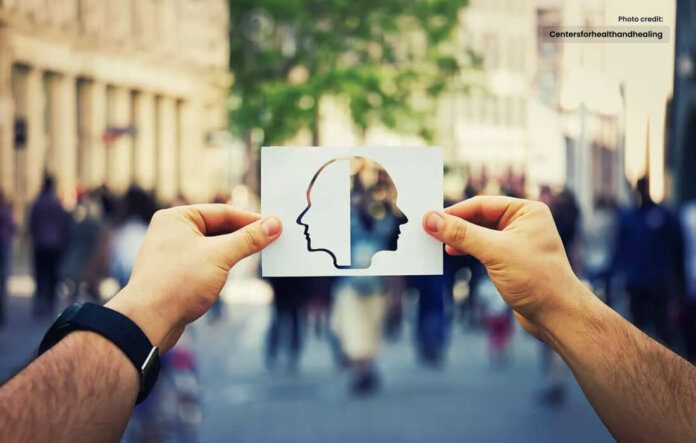Dual diagnosis poses challenges at the intersection of mental health.
Introduction
In the realm of mental health, every individual’s journey is unique and multifaceted. For some, the challenges they face involve not just one, but two distinct conditions – a phenomenon known as dual diagnosis. Also referred to as co-occurring disorders, this complex intersection of mental health and substance use disorders presents a unique set of challenges that require a comprehensive and tailored approach to treatment and support.
Understanding Dual Diagnosis
Dual diagnosis occurs when an individual experiences both a mental health disorder and a substance use disorder simultaneously. This confluence of conditions can be incredibly intricate, with each disorder interacting and influencing the other. For instance, substance abuse may exacerbate symptoms of mental illness, while mental health struggles could potentially drive individuals to self-medicate with substances as a coping mechanism. Common examples of dual diagnosis include depression and alcoholism, anxiety disorders and cocaine addiction, or PTSD and opioid dependence.
Challenges and Complexity
The challenges posed by dual diagnosis are numerous and multifaceted. Identifying the primary cause of symptoms becomes intricate, as both conditions can share overlapping symptoms. Basically This complexity often leads to misdiagnosis, delayed treatment, and ineffective interventions. Moreover, individuals with dual diagnosis often face a higher risk of relapse, hospitalization, homelessness, and legal issues compared to those with a single disorder.
Effective Treatment Approaches
Addressing dual diagnosis requires a holistic and integrated treatment approach. The traditional silos that separate mental health and substance abuse treatment must be dismantled to pave the way for a comprehensive plan that targets both conditions concurrently. Some effective treatment strategies include:
- Integrated Treatment: This approach combines mental health and substance abuse treatments into a single, cohesive plan. By addressing both disorders simultaneously, individuals receive a more accurate diagnosis and a coordinated treatment regimen.
- Therapy and Counseling: Individual and group therapy sessions can provide a safe space for individuals to explore the connections between their mental health and substance use. Cognitive-behavioral therapy (CBT), dialectical behavior therapy (DBT), and motivational interviewing are just a few examples of therapeutic modalities that can be highly beneficial.
- Medication: In some cases, medications can be helpful in managing symptoms of both the mental health disorder and the substance use disorder. Careful consideration of potential interactions and side effects is crucial.
- Support Groups: Connecting with others who are experiencing similar challenges can provide a sense of community and reduce feelings of isolation. Support groups offer a space to share experiences, coping strategies, and hope.
- Lifestyle Changes: Adopting a healthier lifestyle that includes regular exercise, balanced nutrition, and sufficient sleep can have a positive impact on both mental health and substance use recovery.
- Family Involvement: Including family members in the treatment process can facilitate a deeper understanding of the individual’s struggles and provide a support network during their journey to recovery.
Conclusion
Dual diagnosis is a complex and challenging aspect of mental health and substance use disorders. It demands a nuanced and multifaceted approach that acknowledges the interplay between these conditions. By recognizing the intricate connections between mental health and substance use, we can develop more effective strategies for diagnosis, treatment, and support. Breaking down the barriers between mental health and also addiction treatment can pave the way for a brighter future, where individuals facing dual diagnosis can find the comprehensive care they need to reclaim their lives and embark on a journey of healing and recovery.




